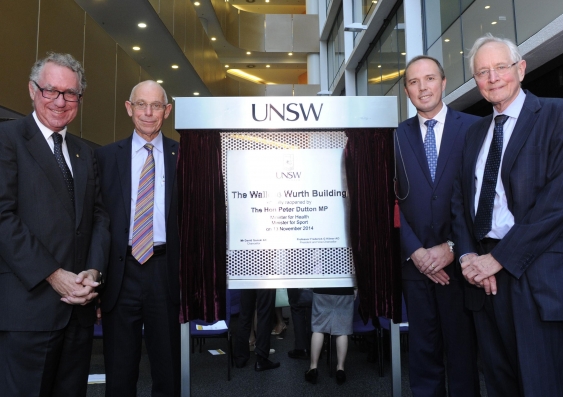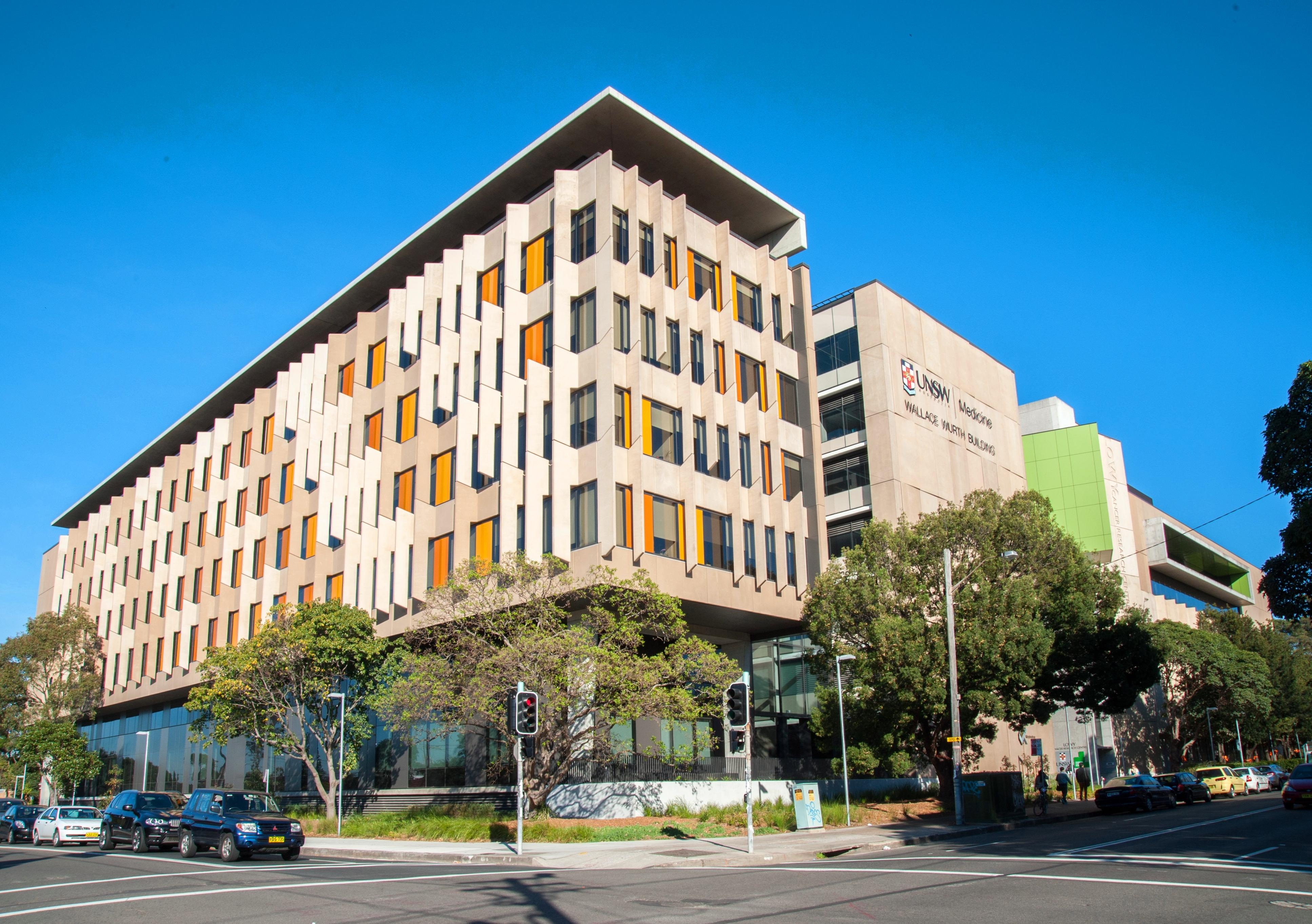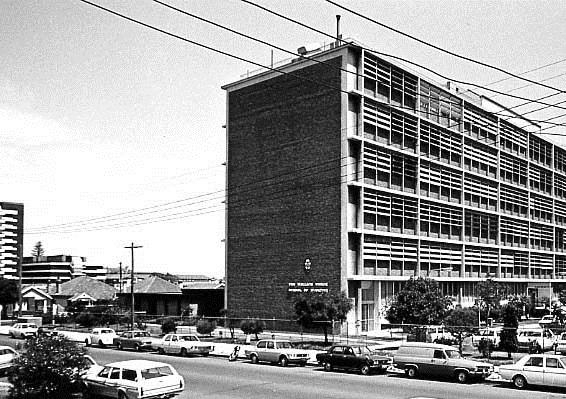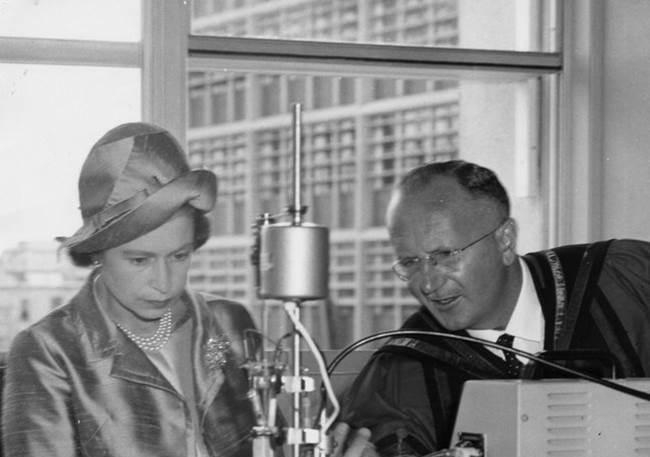Bright future for biomedical research and teaching
Health Minister Peter Dutton has officially opened the $140 million state-of-the-art redevelopment of the Wallace Wurth Building, home to UNSW Medicine and The Kirby Institute.
Health Minister Peter Dutton has officially opened the $140 million state-of-the-art redevelopment of the Wallace Wurth Building, home to UNSW Medicine and The Kirby Institute.

The $140 million redevelopment pf the Wallace Wurth Building has today been officially opened by the Federal Minister for Health, Peter Dutton. The transformed and expanded building, home to UNSW Medicine and The Kirby Institute, now boasts teaching, learning and research spaces equal to any in the world.
Minister Dutton said innovative health and medical research is a key driver of better health care and outcomes.
“This state-of-the-art building will be full of people with passion and drive to improve the health of the nation and all Australians stand to benefit from ongoing investments in medical research,” he said.
The original Wallace Wurth Building, named in honour of UNSW’s first president and chancellor, was opened by Queen Elizabeth II in 1963. It served its purpose well, but was designed for its times.
Today’s redevelopment has almost twice as much floor space and expansive state-of-the art laboratories. It features flexible teaching spaces designed to support collaborative, 21st-century learning styles and practice suites in which today’s students can master the clinical communication skills they will need to become the best of tomorrow’s medical practitioners.
The entire development, including The Kirby Institute, can accommodate more than 1250 students and 750 research staff.
Dean of UNSW Medicine Professor Peter Smith said students and staff are delighted with the new facilities.
“UNSW Medicine can now proudly offer its students and researchers an inspiring, superbly appointed and contemporary environment in which to learn and make discoveries.”
The first stage of the Wallace Wurth redevelopment was completed in 2013 and brought The Kirby Institute onto UNSW’s Kensington campus for the first time. With UNSW Medicine settled into the Wallace Wurth Building, the Lowy Cancer Research Centre next door and a nearby Biological Sciences Building scheduled for completion in 2017, UNSW’s upper campus is set to become a biomedical research and teaching precinct of international significance.
The precinct’s close proximity to premier hospital facilities will support the rapid translation of research into clinical trials and provide researchers, clinicians and students with new opportunities to be at the forefront of advances in patient treatment.
UNSW Vice-Chancellor Professor Fred Hilmer said: “We hope our exciting new biomedical research precinct, which is home to many fine students and researchers, will encourage productive collaboration between disciplines and great achievements. It will further boost the University’s international reputation as a research leader in these fields.”
The redevelopment of The Kirby Institute was funded by both Commonwealth and State governments, and UNSW, with significant contributions from donors including The Atlantic Philanthropies. The redevelopment of the medical sciences component of Wallace Wurth has been funded by UNSW.
The Wallace Wurth redesign was undertaken by two multi-award winning firms: Lahz Nimmo Architects and Wilson Architects. Their stellar design portfolios include the Lowy Cancer Research Centre, which attracted an International Property Award as well as an Australian Institute of Architects NSW Public Architecture Awards commendation.
Media contact: Lissa Christopher / Linda McSweeny, UNSW Media, 02 9385 8920.


